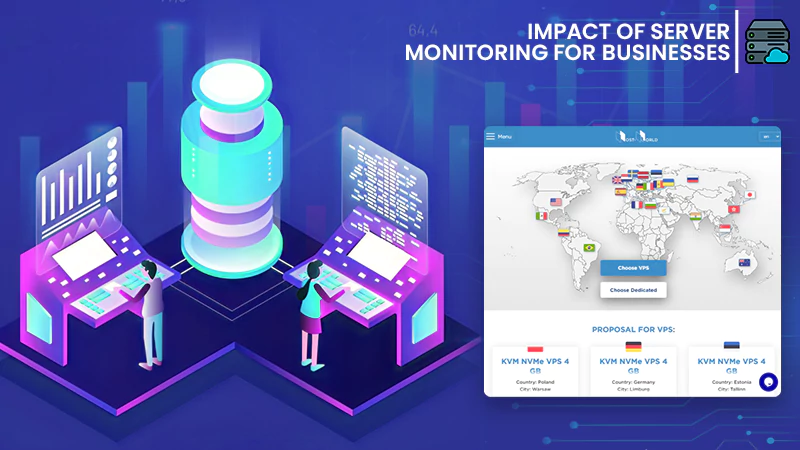We are witnessing a widespread adoption of AI in industries and businesses. Employing generative AI in businesses will bring up to $4.4 trillion to the global economy. Rather than replacing workers, AI will help in reducing the duplicity of work.
In this article, we will discuss what is large language models and their applications in businesses.
Large Language Models, What are They?
A large language model is a type of artificial intelligence with a deep learning algorithm that can perform numerous natural language processing (NLP) tasks.
It consists of a neural network that includes an encoder and decoder with self-attention capabilities. The encoder and decoder extract the meaning from its database and understand the contextual meaning of words in the input.
In what ways are LLMs distinct from more conventional language models?
An LLP has the ability to generate coherent text, capture contextual relationships, and perform tasks with minimum examples. These are designed to understand the human language distinction, including multiple meanings of words with their contextual understanding.
Now the question arises, how do these models work?
LLM works in the following 4 distinct steps.
- Providing input or prompt – The first step is to provide a descriptive prompt to the model. The prompt should be understandable and specific to get a reasonable output.
- Understanding the prompt – After providing a prompt, LLM will start understanding input with the assistance of its deep learning algorithm. It analyses each word to find relevant output.
- Researching the response – Now the next step is researching, in which LLM uses its database to find a relevant output for the input.
- Providing output – The last step is to convert the automated response into a readable one for the understanding of humans.
How LLM can be Used in Business?
The benefits of large language models are being noticed in every industry. If you want to see what LLM automation is capable of, here are a few examples of its application.
Virtual Assistants and Chatbots
The issue with traditional chatbots was the inability to understand the contextual meaning of words and deliver meaningful responses. The problem of understanding linguistic nuance is now solved with the involvement of large language models.
Just that with the involvement of LLM? No, there is more to it.
In addition, they also excel in the following areas.
- Better Customer Service – LLM can handle multiple customer queries simultaneously and provide more efficient customer services.
- Multilingual – These language models can easily translate text and engage with users in multiple languages.
Its precise understanding of natural language helps in providing quick and accurate responses.
Study of Public Opinion, Market Research, and Trend Prediction
Being precise and accurate in analyzing data makes large language models capable of market research and predicting trends. Nowadays, most businesses employ LLM AI for research and analysis purposes.
For example, LLMs can be used to measure the effectiveness of marketing campaigns. You just have to provide the data of customers and activity on the platform. It will analyze the data and provide suggestions for better functioning, like targeting the right audience for more effectiveness of the next marketing campaigns.
Creation of Content
LLMs are revolutionizing traditional methods of content authoring. Writing reports, articles, and product descriptions of excellent quality are within their capabilities. To maintain credibility and uniformity, brands may tailor the material that LLMs produce to reflect their own values.
In many industries, the following LLMs are used for content creation:
- GPT-3 / 4: These are two of the best models introduced by Open AI for performing various tasks, like generating content, analyzing data, translating multiple languages, and knowledge management.
- LaMDA: It is an AI system developed by Google that can assist in text generation, navigate the Google search engine, enhance conversation, and act as a virtual assistant in Google’s workplace.
- Megatron-Turing NLG: It is an LLM invented by the collaboration of Microsoft and NVIDIA. Its ability to work with more than 530 billion parameters makes it one of the best AI models.
- DALL-E: This is another AI model developed by OpenAI for generating images from textual prompts.
Tailored Suggestions
Large language models are also capable of providing personalized e-commerce suggestions to customers.
LLMs analyze the previous user actions, interactions, and preferences to provide personalized responses. This ultimately helps in improving user experience and satisfaction.
The biggest example of utilizing AI for personalized suggestions is Amazon. It uses an algorithm called “item-based collaborative filtering” that makes a unique homepage for each user as per their interests and previous search history.
Conclusion
In a nutshell, LLM is a useful instrument whose future is still written by humans. With the growing uses of LLM AI in the market, there will be a point when using it becomes compulsory. Using it in your daily tasks can help you stay in the competition and uplift your business.







